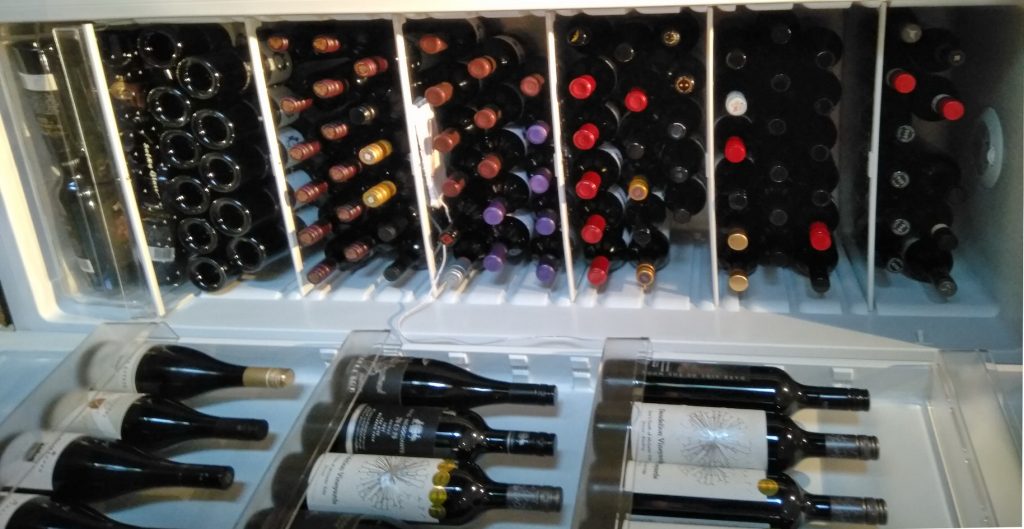Guest Post from subscriber Ron J.
Hi Kim
The article on creating your own wine fridge caught my attention, particularly the issue of wiring in a new thermostat, and I thought it might be worth passing on my experience with a slightly different approach.
I have made a couple of wine fridges and have used brewing controllers from home brew suppliers to save the hassle and cost of wiring in a new thermostat. These work by simply turning the power to fridge on or off at your preset temperature range. I have simply put a small hole through the door seal and poked the temperature sensor through into the fridge. You could put a dab of silicon there to completely seal the hole if you are really fussy.
For the first one I made I used a Keg King (https://www.keg-king.com.au/mkii-10-30amp-temperature-controller-heat-cool.html) which has the capacity to both heat and cool. In a wine fridge application, you would only need the heating option if you had the wine fridge in a location that got cold enough at times to drop the inside temperature of the fridge below your chosen temperature range. Heating works by putting a fermenter heat belt inside the fridge and plugging it into the heating socket on the back of the controller. I haven’t used this function. The Keg King controllers are quoted as accurate to 0.1 degrees, and can be set at very small operating range, allowing for quite constant temperature in the fridge.
(the fridge doesn’t really lie on its side, I turned it so it would fit better in this post – Kim)
For the second fridge I used a cheaper controller that only has one power socket. Cost was below $30.
When I was looking for the first fridge, I tried Gumtree but finding a decent fridge or freezer at a remotely sensible price seemed allusive. In the end I bought a brand new Haier 322L all-fridge on special for less than $400. Packed onto existing shelving, including the door, this could hold over 120 bottles. I haven’t bothered with the wine racks, as this would dramatically reduce the capacity, but it would make it much easier to extract a specific bottle!
The second fridge was the kitchen fridge-freezer which had a problem with the thermostat, in that it wouldn’t turn off and consequently was starting to freeze everything including in the fridge compartment. Given the age, it was not worth repairing. The separate thermostat system means that this was not an issue, as it turns off the power to the fridge (but may be a problem if the separate thermostat fails!!). I have even been able to utilise the freezer compartment, by taping up most of the fan air holes into the freezer and turning the fan to more into the fridge and less into the freezer compartment. The temperature in both compartments stays very similar.
I would have preferred to use a freezer, due to the better insulation, but the fridges work fine, and are generally cheaper to buy.
Regards
Ron
PS: Ron sent more pictures of the other devices, let me know if you want to see them and I’ll send them’
Kim

